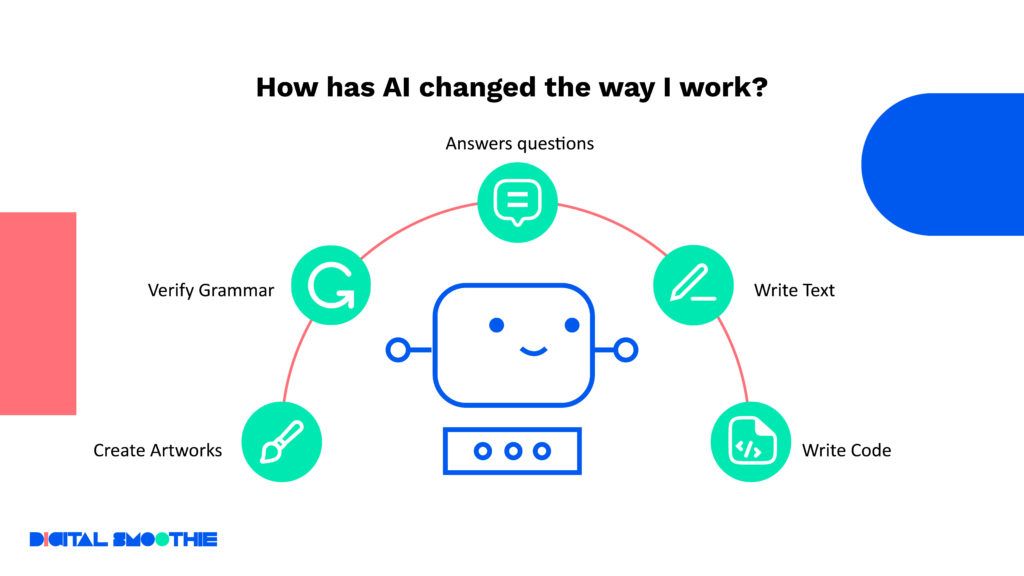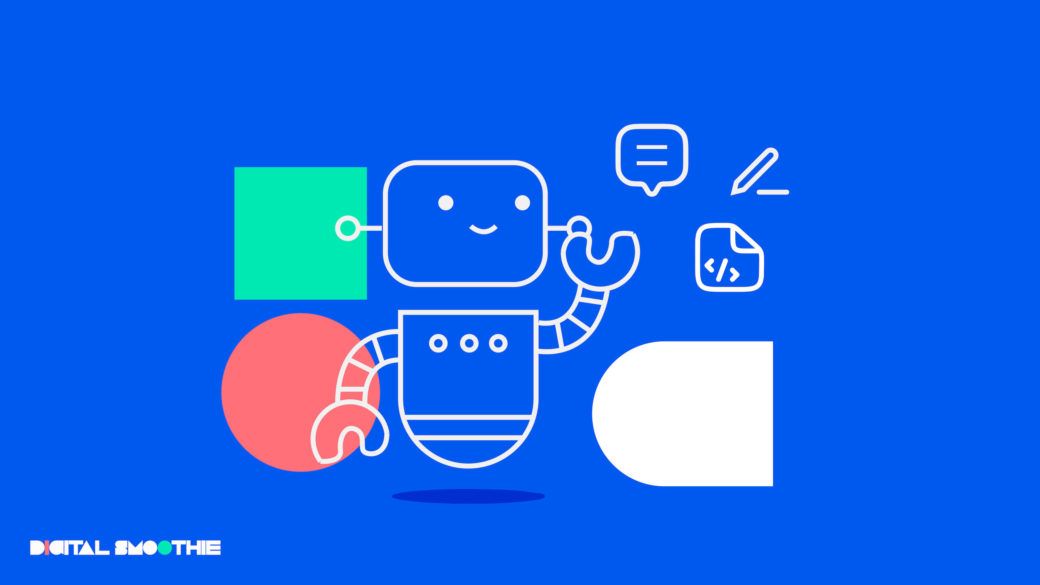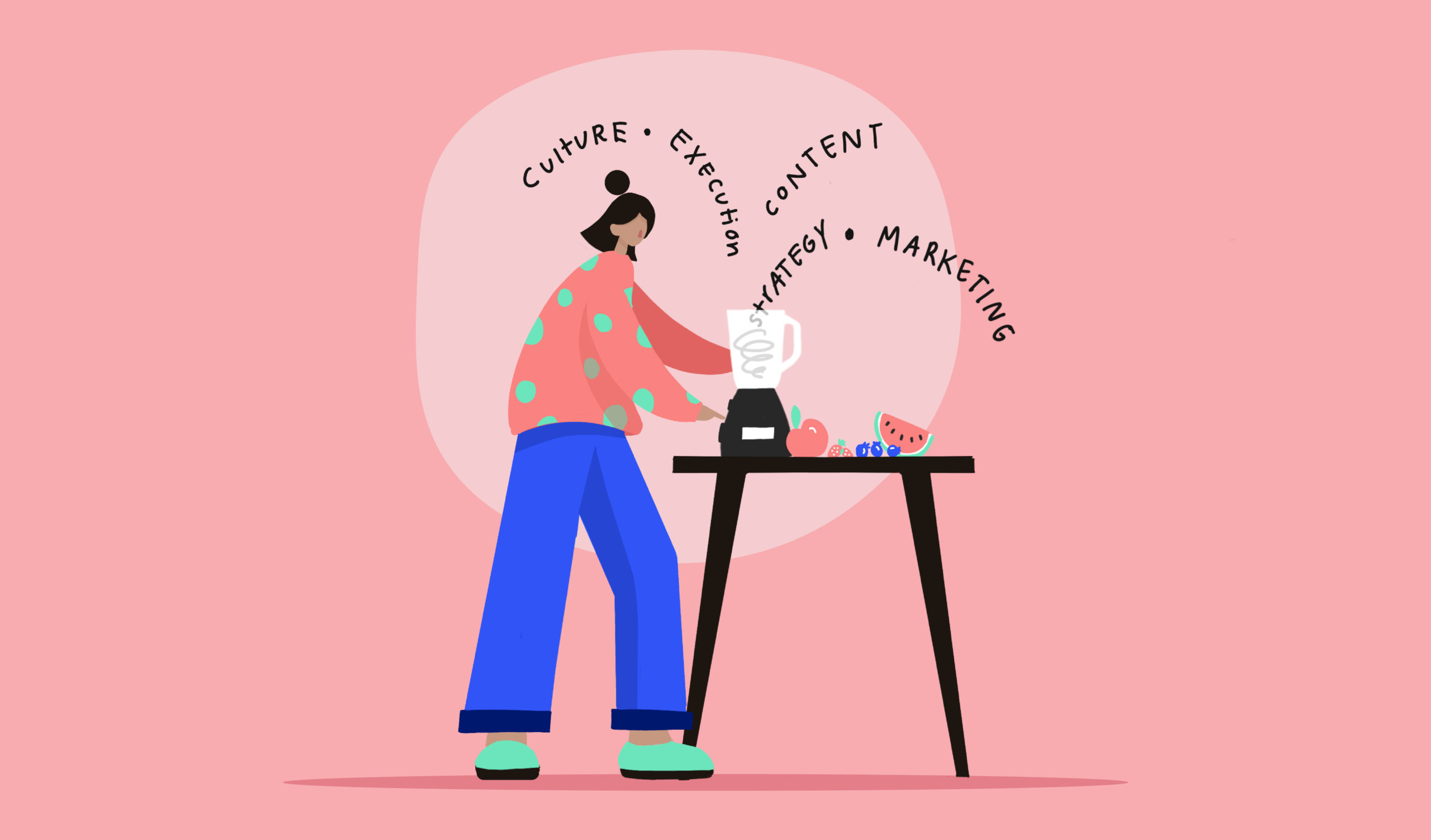When I was a boy, artificial intelligence was the realm of science fiction; computers that would hold conversations with us in perfect English, that would analyse strategies and forecast risk, and even that would give near-sentient life to awesome supercars that would carry us into dangerous spy missions and out again.
Remarkably, here we are today with voice-activated smart assistants, predictive models to recommend products or determine credit fraud, and that even if not near-Kitt levels of intelligence, can certainly have a car drive itself.
Children today will grow up in a digital world where always-on Internet, touchscreen devices, talkative speakers, and AI infusions are simply the way things are. However, if you, like me, grew up in a world where teachers told you a major reason to learn the times’ tables is that “it’s not like you’ll have a calculator in your pocket”, you might be looking at artificial intelligence and wondering how you can apply it to solve the greatest problems known to humanity.
Assistive AI for everyday use cases
Yet, that big-picture thinking can delay AI adoption as much as the old ‘analysis paralysis’ situation. The reality is AI can and should be applied to the simplest things around you. Instead of dealing with all the small things in your day and hoping to think of an exceptional problem to apply AI to, flip it around; use AI to solve the small things and free yourself and your mind to focus on the big ideas.
This is what we call assistive AI, and there’s no barrier to entry. On a typical day, I will write some programming code and construct a few SQL queries, but most of all, I’ll write thousands and thousands of words. Emails to executives, emails to technicians. Technical documentation. Reports. Proposals. Support requests. Support resolutions. Case studies. White papers. How-to guides. Everything and anything. Isn’t it astounding that clear communication still matters even in the most technical of roles?
One AI tool I love is Grammarly. It’s free to start, and while I began using it to aid with dynamic spell- and grammar-checking, it’s now infused with AI smarts that help you make your prose punchier and, importantly, appropriate for the tone and audience you intend. Should it be a call to action for the board? Or a light-hearted missive among peers and colleagues? Are you seeking to persuade or inform? The right choice of words matters, and Grammarly is like an always-alert proofreader by my side.
Meanwhile, although I can craft words and type with my eyes closed – a handy trick when I was a student and starting to doze when I left my assignments until the night before they were due – my artistic endeavours make Mr Bean’s rendition of Whistler’s Mother look like a masterpiece. However, with Microsoft’s Bing AI and Adobe’s Firefly, I can now merely describe what I want and reap the near-instant reward of my own unique artwork.
Who cares if there is no stock image for a medieval apothecary holding a modern-day eftpos machine when I can have AI make it for me? Then, tweak it to be more photorealistic or include more compounding equipment.

Bing AI will also give me a starting point on complex pieces of code.
“Hello, Bing,” I ask because I’m still formal like that despite knowing I need not be.
“How would you make a PowerShell script to loop through all the files and folders in a OneDrive folder, share them anonymously, and write the filename and sharing URL to a CSV file?”
To be sure I’m excluded during the inevitable robot revolution I also add a “thank you very much, Bing” to the end.
Refine and Tweak
The code that results is never perfect, but it gets me started, and what I also love is that it references its sources so I can dig into Microsoft Learn, Stack Overflow, or other sites to dig deeper. This contrasts nicely with ChatGPT, which tends to make things up – oh, but convincingly so, and gives you nowhere to go when its hallucinations do not work.
Make no mistake, ChatGPT is lots of fun and absolutely deserves credit for bringing generative artificial intelligence into the mainstream consciousness – just as hypertext and the World Wide Web were the “killer app” for the Internet, previously the bastion of academia and military. However, enterprise-grade generative AI demands a higher degree of responsibility. A medical chatbot, for instance, must give accurate results, or it could lead to fatality. There must be a verifiable link between its outputs and its sources.
Google is one such company taking a strong line on this; during its annual Google Cloud Next event 2023, it announced how it was inundating its entire Google Cloud Platform with its Vertex AI product to help infrastructure folk, and developers make sense of errors in event logs, or to double check configurations, and other things. Additionally, also making Vertex AI available for customers to create their custom models and bespoke search and conversational apps with enterprise data.
Imagine hiring a new team member who can read and write English perfectly but does not know the business rules in your organisation. if you could get them to read all the relevant documentation, then you can ask them any question and get a reliable answer. This is where I see chatbots of the future. Not simply a bunch of rules searching for keywords, but a serious large language model that has digested everything on your Intranet and maybe the manuals and legislation around your industry, too.
I’ve never met anybody who said they were enamoured with the search function on their Intranet, so asking a chatbot, “Hey, how do I submit an expense claim?” will serve us much better.
But, of course, it must be reliable, it must be accurate, and it must engender trust by allowing us to peek under the hood and see the sources. This is where I see the future of generative AI and chat, and that’s something you and I have the tools to make a reality right now.

Enjoy reading about AI, Digital Transformation and Technology?
Here are some articles from our “How has AI changed the way you work series” that you might enjoy:
GenAI adventures – A year in review By Rania Awad









Leave a Reply